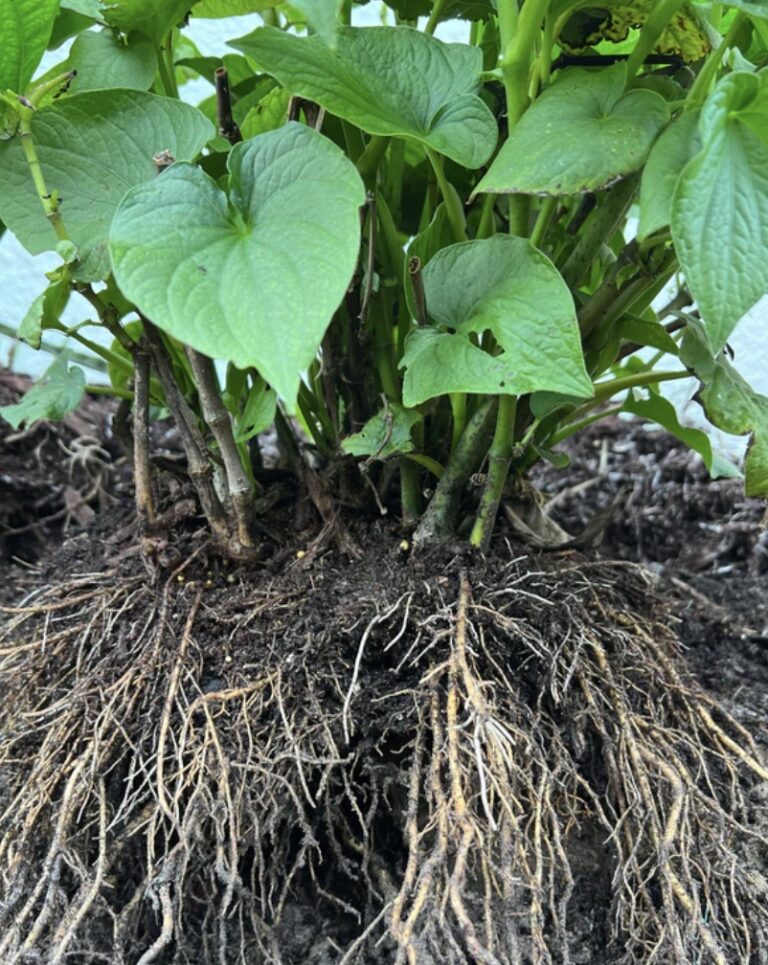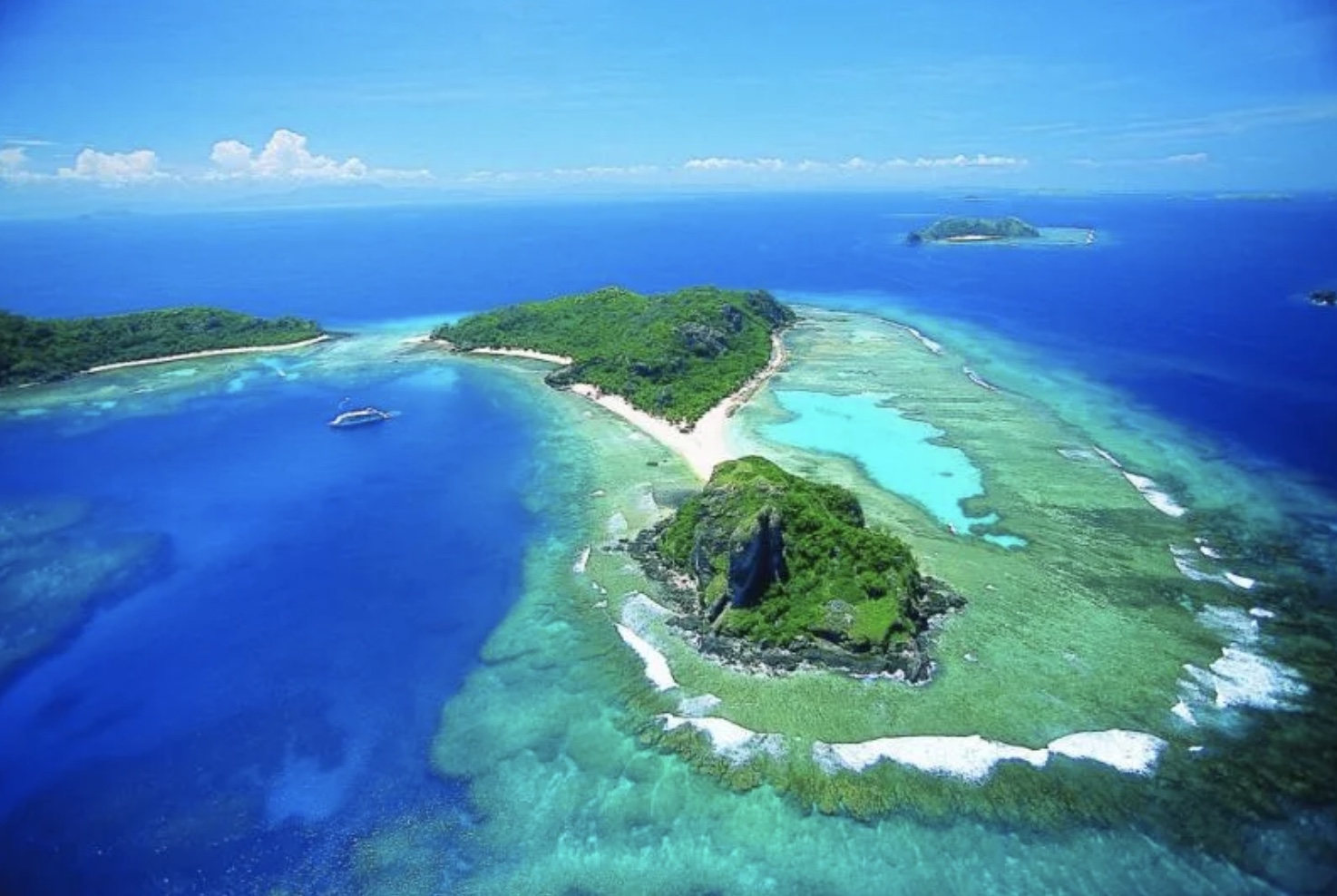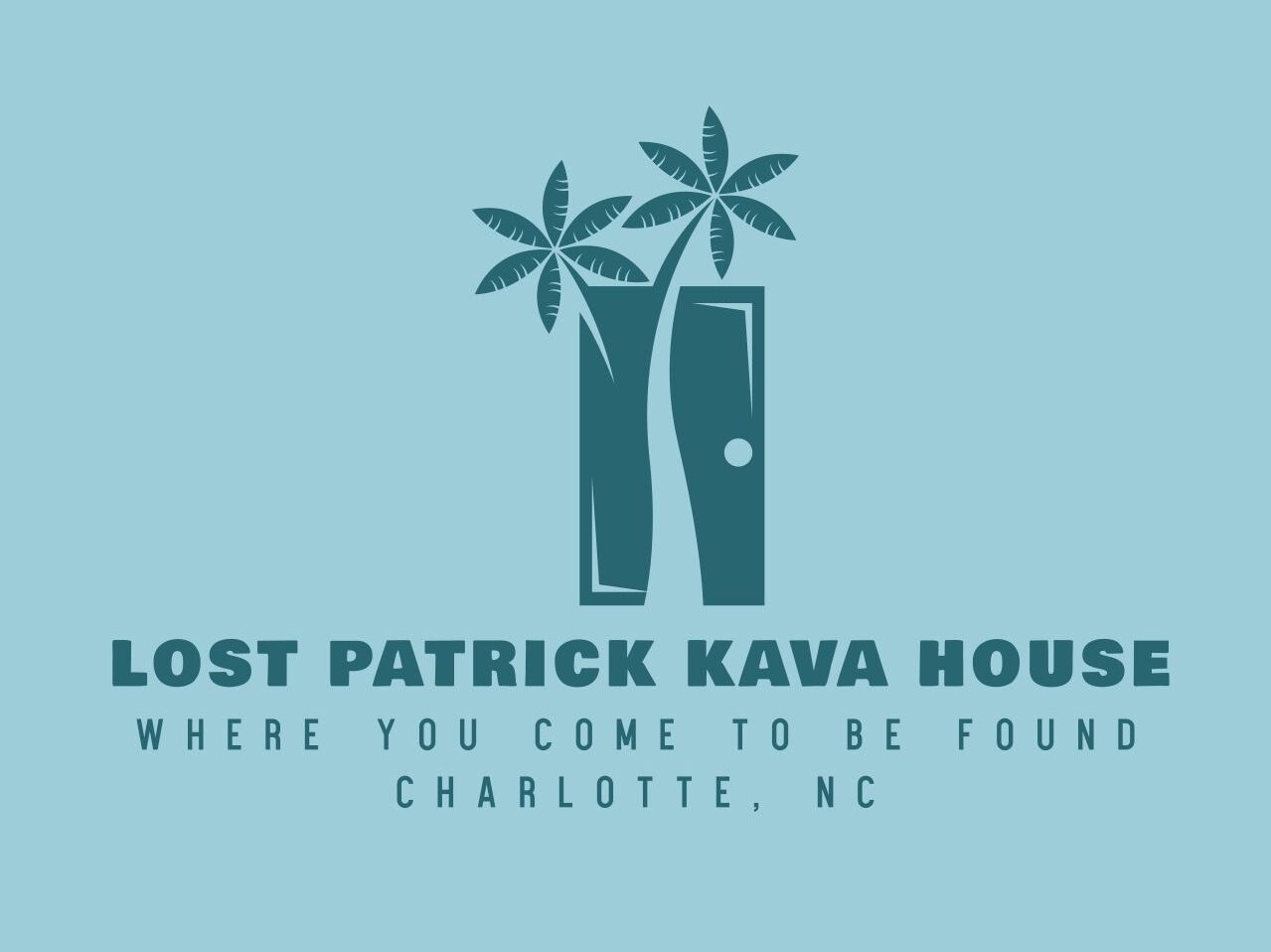Discover Kava
Experience the Kava Difference
Welcome to our corner of Kava! Here, you can learn about this ancient plant and its soothing benefits. Our Kava is carefully sourced to ensure quality and freshness. Join us as we dive into the world of relaxation and wellness.

How long has Kava been drank?
It is a traditional, non-alcoholic beverage made from the root of the Piper Methysticum plant, a member of the pepper family. Native to the South Pacific—especially islands like Vanuatu, Fiji, Tonga, and Hawaii—this drink has been consumed for over 3,000 years as a ceremonial, social, and medicinal drink. Its historical roots are intertwined with the cultural practices of generations, where it plays a crucial role in both daily life and special
occasions.

Our Relationship with Kava
At The Lost Patrick Kava House, we proudly source our kava through a 15-year direct relationship with ethical farms across the South Pacific, including Fiji, Vanuatu, Hawaii, Samoa, and Tonga. These trusted partnerships are built on transparency, sustainability, and respect for tradition. Unlike most suppliers, we avoid middlemen—ensuring our kava is fresh, potent, lab-tested, and grown using traditional practices. This not only allows us to offer the highest quality kava to our customers, but also supports local farming communities and protects the cultural heritage of kava cultivation.
Common Questions
Your questions about Kava are answered here.
Kava is known for having a reverse tolerance. This means that the first time you drink it, you may need a larger amount to feel its effects. Over time, as the kavalactones bind to receptors in your brain, your body becomes more receptive, and you’ll feel the benefits with a smaller serving.
Kava can be enjoyed in various forms. Traditionally, it is squeezed into a 75-micron bag and added to a bowl of water. We sell micronized Kava, which is instant Kava.
How to Make Instant Kava
Measure 1 tablespoon (6–8 grams) of instant kava powder.
Add it to 8–12 ounces of cold or room-temperature water.
Mix using one of the following methods:
Preferred: Use a Ninja Built or milk frother to blend until smooth and creamy.
Alternative: Shake well in a protein shaker bottle.
Enjoy your kava—no straining or brewing required!
Kava and Kratom are great when drank together separately. I would not personal mix them together into a single drink as they are to completely different flavors.
Its completely normal..hahaha
When you first drink kava, you may notice a tingling or numbing sensation in your mouth. This is completely normal and comes from kavalactones, the active compounds in kava. These compounds naturally interact with the nerve endings in your mouth and tongue, creating a temporary numbing effect—similar to the feeling from clove oil. It’s a sign you’re drinking a quality kava, and the relaxation benefits are on their way.
- Kava will dehydrate you, so make sure to drink water while you are enjoying Kava
- If kava isn’t prepared properly, some people may experience dry skin. A common misconception is that adding more kava to the mix will make it stronger. In reality, over-concentrating kava can actually have adverse effects rather than enhancing the experience. Proper preparation — using the right ratio of root to water — ensures the desired calming effect without unnecessary side effects.
- Appetite suppressant, so make sure to eat before you start drinking kava.
What are the different types of Kava?
Just like wine comes from different grapes and vineyards, each with its own character, kava has its own cultivars (specific plant varieties). These cultivars are shaped by the soil, climate, and traditions of the islands where they grow. Each one carries a different balance of kavalactones—the compounds that give kava its unique effects.
Kava by Region & Cultivar
Vanuatu – The Birthplace of Kava
Vanuatu produces some of the most diverse and powerful cultivars.
Borogu – Balanced and versatile, one of the most common noble kavas.
Kelai – A smooth, heady cultivar with uplifting effects.
Melo Melo – Approachable and social, lighter-bodied, like a crisp white wine.
Borongoru – Stronger, heavier cultivar for deep relaxation.
Fiji – Smooth & Approachable
Fijian cultivars are known for their balance and easy drinking.
Kadavu – Light, smooth, and social—great for daytime use.
Waka – Stronger, earthy root that can lean heavier, offering more body relaxation.
Tonga – Deep & Heavy
Tongan cultivars often bring a heavier experience, best enjoyed in the evening.
Vava‘u – Known for its potency and grounding effects.
Tongan Pride – A mix of heavy and balanced effects, strong but smooth.
Samoa – Grounding & Traditional
Samoan cultivars are cherished for their deep, calming qualities and cultural importance.
Ava Samoa – Heavy-bodied, deeply relaxing, often used ceremonially.
Hawai‘i – Rare & Ceremonial
Hawaiian cultivars are highly prized and traditionally used in ceremonies.
Mahakea – Strong, balanced cultivar with both heady and heavy effects.
Hiwa – Known for potency and darker, grounding effects.
Nene – Milder, more approachable cultivar, lighter on the body.
Your kava choice depends on the moment you’re in and the experience you’re looking for. At Lost Patrick Kava House, we source noble cultivars directly from the islands, so you can explore the South Pacific the same way you might explore the vineyards of the world.
What are the effects of Kava?
Kava delivers a smooth, calming sensation without impairing clarity or coordination. Drinking it typically produces various effects that can enhance both social interactions and personal well-being.
Kava is known for having a reverse tolerance. This means that the first time you drink it, you may need a larger amount to feel its effects. Over time, as the kavalactones bind to receptors in your brain, your body becomes more receptive, and you’ll feel the benefits with a smaller serving.
The experience of consuming it is unique and multifaceted. Here are the primary benefits that many users report:
- Relaxation & Stress Relief: Promotes a gentle sense of calm that helps dissolve tension and anxiety.
- Sociability & Connection: Encourages a light, euphoric mood ideal for conversation and community bonding.
- Mental Clarity: Unlike alcohol, kava soothes without fogginess—allowing you to unwind while staying lucid.
- Muscle Comfort: May ease mild physical discomfort and tension, making it popular for post-work recovery.
- Balanced Energy: In moderate amounts, offers a subtle uplift that doesn’t overstimulate, perfect for a mellow boost.
Kava comes in many varieties, each with its own unique balance of effects, taste, and traditional use. These differences are influenced by the region where the kava is grown, the strain, and the ratio of kavalactones—the active compounds that give kava its relaxing and calming properties.
Here are the main categories you’ll find:
1. Heady Kavas (Daytime Kava)
-
Effects: Uplifting, mood-enhancing, and good for socializing.
-
Best For: Daytime use, light relaxation, easing into kava for beginners.
-
Examples: Vanuatu Melo Melo, Fijian Kadavu.
2. Heavy Kavas (Nighttime Kava)
-
Effects: Deep body relaxation, muscle relief, and sleep support.
-
Best For: Evenings, winding down after work, or preparing for restful sleep.
-
Examples: Tongan Vav’ue, some Vanuatu varieties, most of the Somoan and Solomon Island Kavas.
3. Balanced Kavas (Anytime Kava)
-
Effects: A mix of both mental uplift and physical relaxation.
-
Best For: Flexible use—day or night—without being too heavy or too light.
-
Examples: Vanuatu Kelai,
Kava: Nature's Calm
Discover the Benefits of Kava
Promotes Relaxation
Kava can help you unwind. Enjoy a sense of calm and release stress after a long day.
Supports Social Interaction
Sharing Kava with friends can enhance connections. It’s a great way to strengthen bonds.
Enhances Mood
Kava may improve your mood, promoting a sense of joy and tranquility.
Natural Alternative
Kava is a plant-based option for relaxation, offering a gentle way to ease daily stress. The up side of the social lubricate of Alcohol with out the downsides.
Discover the Benefits of Kava and Kratom
Ready to explore the calming effects of Kava and Kratom? Our products are carefully sourced and crafted to bring you the best experience. Dive into our collection and find the right blend for you. Enjoy the soothing benefits while taking your time to learn more about these ancient plants.

